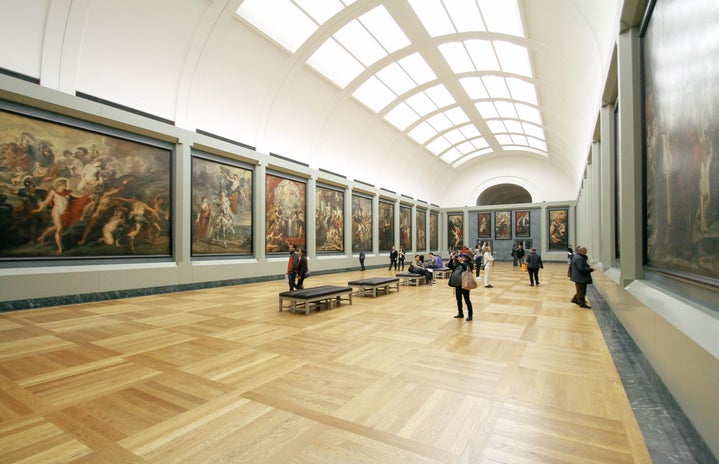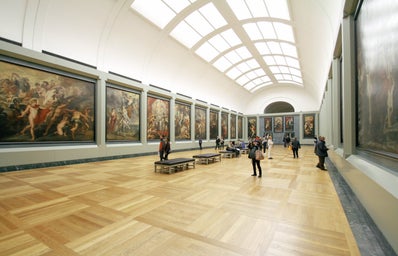Solange’s highly awaited fourth studio album “When I Get Home” is my self proclaimed best album of 2019, even though it’s currently only April. The album feels like an extension of “A Seat at the Table”, her breakthrough conceptual album that was narrated by Master P. The strong themes of multiplicity, unapologetic blackness, and self love still carry over to her new project. But unlike ASATT, “When I Get Home” came with an accompanying 30 minute visual. As an art student and someone who loves art criticism, I decided to analyze the visual like it was a fine art piece by pointing out its main elements and principles of design.
Color: Solange’s Visual surprisingly was lacking in a lot of Hue. The majority of WIGH was Achromatic in scheme, meaning it consisted of mostly black, white, and various neutrals. The lack of color brings a calm clean aesthetic to the whole video and doesn’t distract you from Solange’s vocals.
Texture:What the visual lacked in color, it made up in texture. Solange’s wardrobe, props and backgrounds brought so much visual and physical texture. Your eyes immediately gravitate toward the shiny, sparkly metallic, and soft textures the come with every scene.
Pattern: Just like the songs on the album, WIGH utilizes the principle of pattern and repetition very well. The repeated shapes, wardrobes and symbols give a sense of fullness and thematic importance to each visual.
Rhythm/ Movement: Each line or shape created with the dancer’s bodies forms a sense of direction. Looking at the visual even through screen captures still gives your eyes the feeling of implied action.
Harmony: The choreography and use of items such as cars and landforms make the visual for me. The scenes filled with radial formations and alternating body movements do a great job at mesmerizing the viewer. Each piece moves together as one and forms a coherent visual masterpiece.
– HCXO



